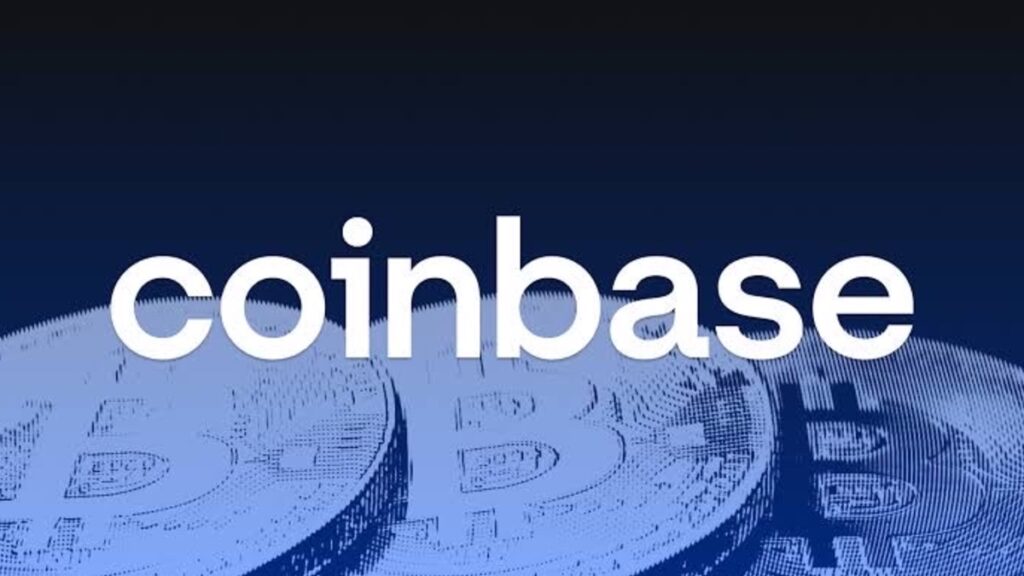Coinbase has recently updated its offerings in response to the European Union’s Markets in Crypto-Assets Regulation (MiCA) and will delist non-compliant stablecoins by the end of December

Bloomberg announced on October 4 that Coinbase will remove stablecoins that do not adhere to EU regulations by the conclusion of 2024.
This action is consistent with the complete implementation of MiCA, which is expected to enhance regulation of the digital asset sector.
Noncompliant Stablecoins Restriction
On October 4, a spokesperson for Coinbase reiterated the organization’s dedication to regulatory compliance:
“Given our commitment to compliance, we intend to restrict the provision of services to EEA users in connection with stablecoins that do not meet the MiCA requirements by December 30, 2024.”
In the next few months, Coinbase will allow European Economic Area (EEA) users to convert to compliant stablecoins, including Circle’s USD Coin. Circle was among the initial stablecoin issuers who adhered to MiCA’s regulatory mandates.
MiCA, which commenced the regulation of stablecoin issuers on June 30, requires that all stablecoins available in the EEA possess an e-money license in at least one EU member state.
This regulation directly impacts prominent tokens, such as USDt from Tether, which may be compelled to leave the Coinbase platform unless they obtain the necessary authorization.
Compliance Move
As the EU prepares to enforce the regulations, Coinbase is among the numerous exchanges striving to comply with MiCA requirements.
Other crypto platforms, such as Bitstamp, Uphold, and OKX, have already implemented measures to restrict the availability of noncompliant stablecoins, such as USDT.
Robinhood and Revolut are investigating the potential of creating stablecoins to challenge Circle and Tether’s dominance in the stablecoin market as competition intensifies.
Next Generation, a fintech company based in France, and Decta, an electronic money institution based in Ireland, have recently announced their intention to reintroduce a euro-pegged stablecoin, EURT, on the Stellar blockchain.
They will capitalize on the increasing demand for euro-backed digital assets by utilizing MiCA’s regulatory clarity.
In the interim, USDC is experiencing a significant increase in trading activity due to the increasing demand for regulated digital currencies in Europe.
USDC’s trading volume experienced a 48% increase in July, immediately following the implementation of EU stablecoin regulations.
Coinbase’s intention to provide conversion alternatives could further solidify its market presence in the region, positioning it as a preferred choice for users seeking regulatory-approved digital assets, given that USDC is a leading MiCA-compliant stablecoin.
